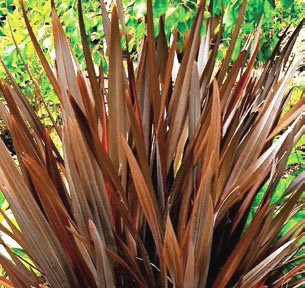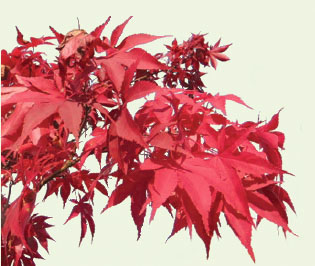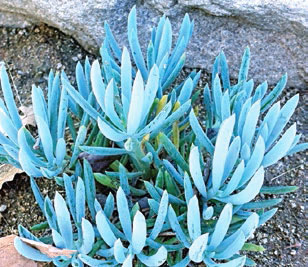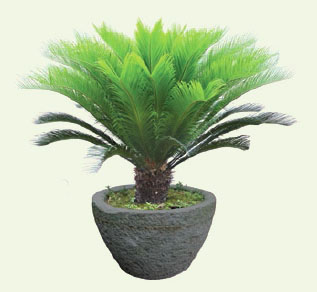Atrium Gardens - Page 4
10 Plants Prime for Center Stage
Determining the ideal plant specimens for your atrium garden takes experience and experimentation. Reviewing the size of your space, the amount of light, humidity, ventilation, temperature, and soil depth will help determine which plants will thrive best in your inner garden spaces. Before making your final plant selections, check with your nursery to make sure none of your specimens are toxic to housepets if ingested.
Depending upon your atrium garden's design, location, and conditions, the following ten plants, drawn from recommendations by landscape architect JC Miller, are attractive candidates worthy of consideration.
 |
1. Purple New Zealand Flax (Phormium tenax purpureum)
Native to New Zealand, these majestic ornamentals make a dramatic focal point in gravel gardens or Mediterranean designs. A robust evergreen perennial with dark, lustrous foliage, flax thrives as accents, container plants, or as a backdrop in a landscape plan. Spikes of tubular red flowers attract birds and butterflies. Drought-tolerant and virtually disease-free.
 |
2. Bloodgood Japanese Maple (Acer palmatum)
One of the finest purple-leaved Japanese maples, Acer palmatum grows into a large deciduous shrub or slender, airy tree with burgundy red leaves that turn scarlet in fall. In spring, it produces small purple flowers that give way to red fruits. Select one for its form; also an ideal candidate for cylindrical containers.
 |
3. Blue Chalksticks (Senecio mandralisacae)
A spreading succulent from South Africa, this plant is prized for its silvery blue-gray color and pencil-like curved leaves. Works well in rock gardens, as a ground cover, or in containers. Flowers with small, white blooms in summer. Unusual for succulents, Senecio is a winter grower that is dormant in summer.
 |
4. Cape Rush (Chondropetalum tectorum)
A thin evergreen with dark, reed-like stems that can be used as a screen, in mass plantings, or as an ornamental plant. A South African plant that forms dense, tufted clumps with dark-green unbranched stems two to three feet in height. Drought tolerant, it can be planted in relatively dry landscapes or in a water garden.
 |
5. Sago Palm (Cycas revoluta)
Sago palms are not really palms at all; they're in the cycad family, seed plants with ancient roots related to cone-bearing conifers. Known for their feathery foliage, these plants hail from the prehistoric ages and grow more slowly if confined to a pot. Fertilize regularly. Drought tolerant. Take care not to overwater. Special warning: Sago palms, and especially their seeds, are known to be seriously toxic to dogs. Not recommended for pet owners.




